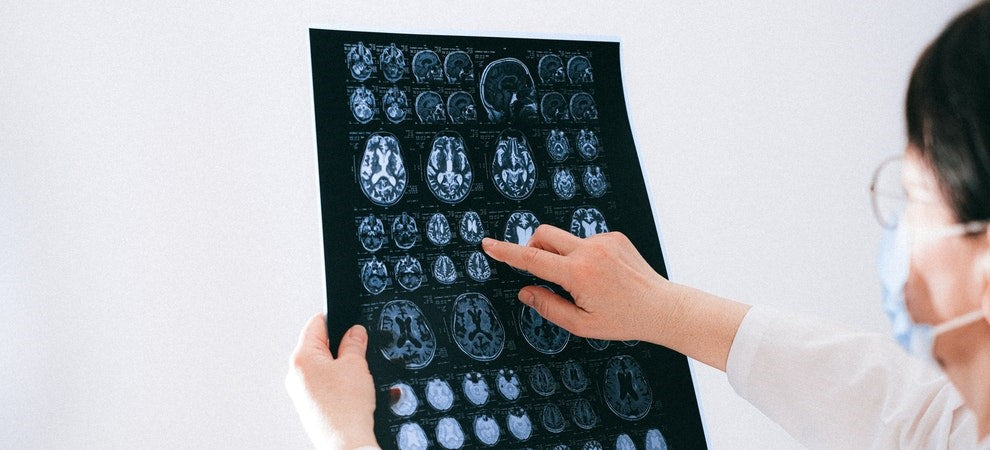Traumatic Brain Injury (TBI) is a disturbance of normal operations of the brain caused by a blow, bump, or violent shaking of the head. It also happens when the head abruptly hits an object or when an object hits or penetrates through the skull and damages brain tissue. There are two major types of TBI: open TBI refers to situations where the skull breaks, while closed TBI means the skull remains intact. TBI can also be classified according to severity. It can be mild, moderate, or severe.
Among older adults (65 years and older), TBI is a major problem. In fact, brain injuries were responsible for nearly 350,000 hospital admissions in 2016-17. Sadly, mortality rates after traumatic brain injury increase with age, so older people are more at risk.
This article explains the causes and treatment of traumatic brain injury in older adults, plus gives support and advice.
Causes of Traumatic Brain Injury
As mentioned, a blow to the head, jolting, or piercing by an object can cause traumatic brain injury. Some of the events that may lead to TBI among older adults include the following: Falls are by far the leading cause of TBI among older adults. They account for more than half (51%) of all cases. Older adults often fall from the bed or when going up or down the stairs. Sometimes they fall in the bath or from a ladder. These falls can cause mild or moderate TBI. Vehicle-related collisions are the second-most-common event resulting in TBI among older adults. They account for nearly one in ten (9%) of all cases and include car, motorcycle, or bicycle collisions. Also under this group are cases of pedestrians involved in vehicle accidents. Assault stories among older adults are not often in the news. But they still make up around 1% of TBI cases among older adults. The primary causes are gunshot wounds, domestic violence, and other assaults. There are also reports of TBI caused by violent shaking as a form of elder abuse. Sports such as boxing, football, rugby, and other high-impact pastimes often lead to TBI. But these are more prevalent among younger adults and youth. Combat activities and explosive blasts can also result in Traumatic Brain Injury. But these causes are not common among older adults. Flying debris or falling objects can hit the head and injure the brain.Types of Injuries
When there is a sudden blow to the head or violent shaking, a person can experience “mass lesions” in the brain and other complications. There are different types of complications that may arise due to TBI. They include the following:- Hematoma: a blood clot within the brain.
- Contusion: bruising of brain tissue.
- Intracerebral Hemorrhage (ICH): bleeding within the brain tissue.
- Subarachnoid Hemorrhage (SAH): bleeding into the subarachnoid space.
- Diffuse Injuries. These are microscopic changes to the brain that do not appear on CT scans and are scattered throughout the brain.
- Diffuse Axonal Injury: Disruption of axon function and the gradual loss of axons.
- Ischemia: Insufficient blood supply to certain parts of the brain.

